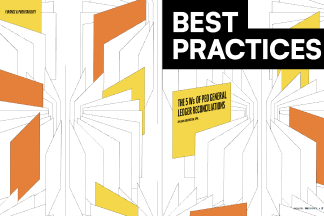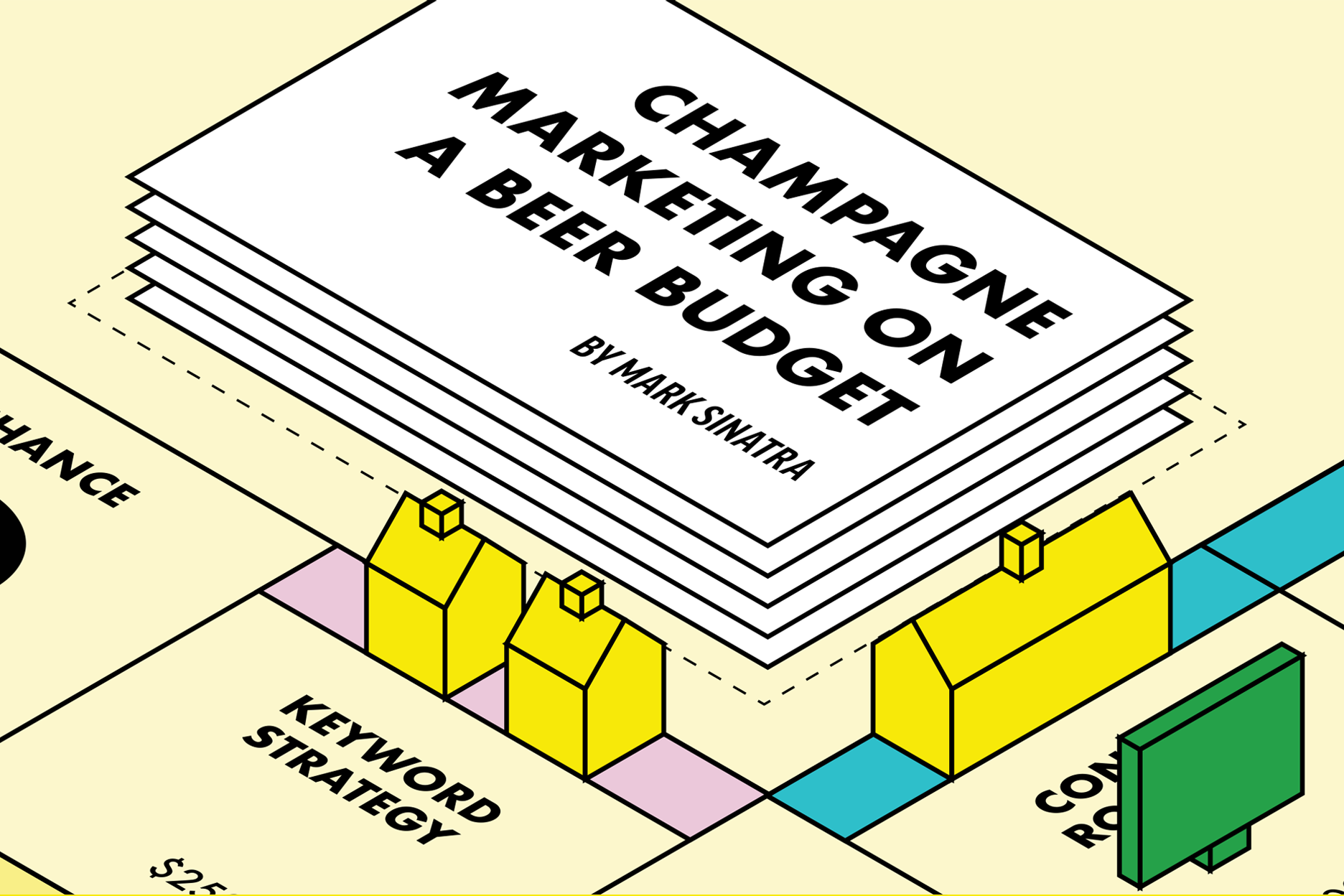I still remember the good old days before GPS existed. I have a terrible sense of direction, and always counted on maps and then MapQuest directions, but those just opened another can of worms because I’d be fine getting to the destination, but getting home was like a Mensa problem. I could not for the life of me figure out how to go backwards in directions. If I turned left, do I turn right on the way back? On which street? Thank goodness for GPS nowadays, turning every drive into a breeze with its precise directions and rerouting magic. Similarly, using data and actuarial skills to improve sales is like using GPS for navigating your sales strategy. Let’s take a look at a simple road map for how PEOs can achieve this outcome.
BENCHMARKING AND RETENTION ANALYSES
Benchmarking and retention analyses are like the police speed trap alerts on your GPS. They warn you where to avoid and when to proceed cautiously. Benchmarking involves analyzing hit and close ratios, frequency and severity, margins, retention rates, and more compared to yourself and even your peers. These analyses help you understand where you’ve been successful and where untapped potential lies. Retention analysis is crucial because keeping existing clients is often more cost-effective than acquiring new ones. By evaluating which client segments have high retention rates, PEOs can focus on maintaining those relationships and enhancing customer loyalty. On the flip side, identifying segments with high churn allows for further investigation to understand the drivers.
PROFITABILITY, PROFITABLY
Once you’ve identified your green, yellow, and red categories and/or geographies, and have some data under your belt, it’s time to dig deeper with granular profitability analysis. This means digging into the data as low and credibly as possible to try to identify the big picture, but also low-level trends. There may be a hidden segment that is driving 5% of loss for only 1% of revenue for the last three years, but which you have missed because you’re only looking at reported losses or some other reason. Better yet, segment this type of analysis by connecting it to specific business segments and industries that you are targeting, which allows for leaders to compare and contrast performance and inform future decisions. I know of a client that did not realize for several years that a specific segment of the automotive industry was performing poorly until it had started to contort the PEO’s experience mod. With this insight, they quickly made strategic adjustments to stem the tide of their experience mod.
UTILIZING A COMPREHENSIVE PRICING MODEL
Now that you know where to go, it’s time to get serious about pricing. A comprehensive pricing model integrates all the aforementioned insights and data so that you can ensure you are not only being competitive, but, arguably more importantly, you’re writing business that will not bring down your business. There are many types of pricing models available on the market, and not all are a great fit for you. Like suits, be sure to talk to the tailor and make sure it’s bespoke, cut and tailored just for you and not off-the-rack. One size definitely does not fit all in pricing.
As a valuable aside, I still see a lot of PEOs that are pricing with only one year of data. There are surely cases where the additional data may not be needed, but avoid the streamlining of pricing based just on one year of data in all cases, or else no amount of advanced technology and pricing models can overcome the classic tale of “garbage in, garbage out.”
CONTINUOUS IMPROVEMENT THROUGH REGULAR EVALUATIONS
Finally, regular evaluations are the secret sauce to staying ahead. Not only is the market ever-changing, but your own experience could, too. By reviewing all of the data and trends on a regular cadence, you will maintain consistency and a competitive edge.
In summary, leveraging actuarial skills and data-driven strategies is like having a GPS for your sales journey. It helps PEOs target the right markets, optimize profitability, tailor pricing, and continuously improve. Set your structure up right the first time and sit back and enjoy the ride, (and be sure to still hold onto the steering wheel.)
-
SHARE
- Copy to clipboard




